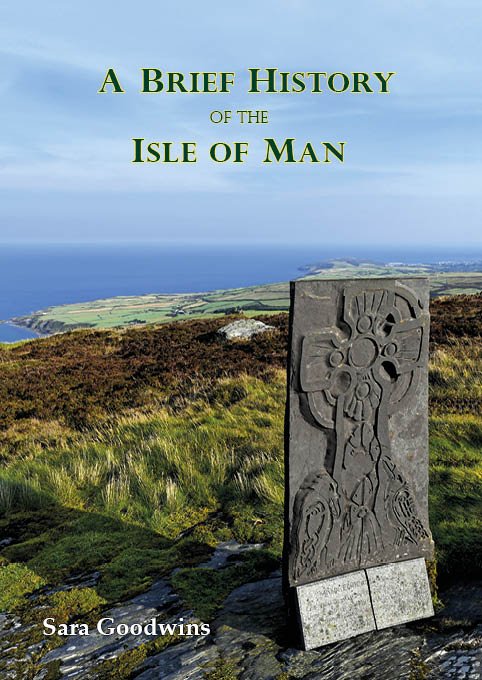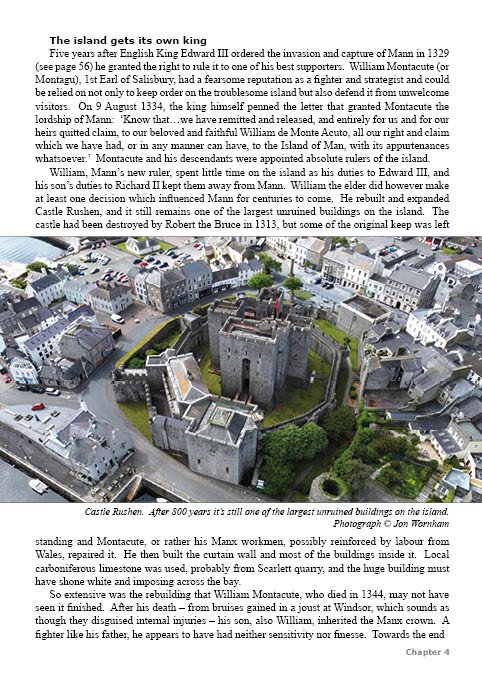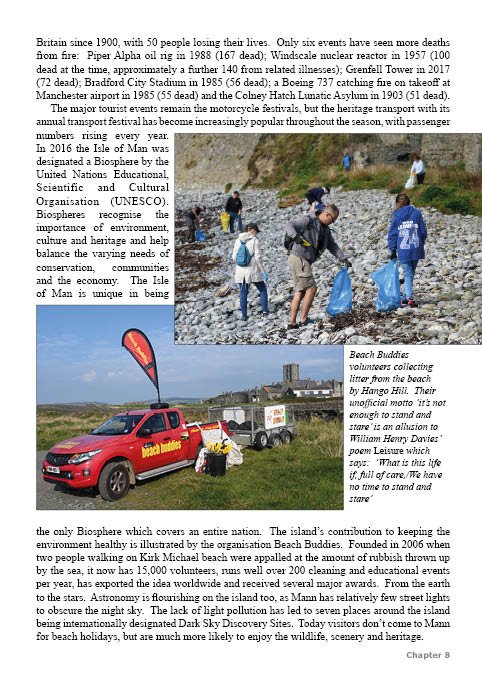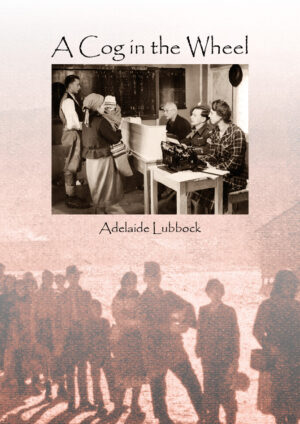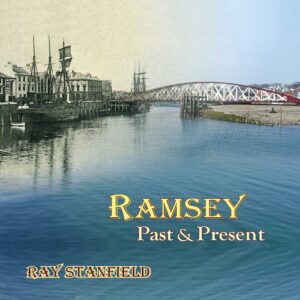A Brief History of the Isle of Man
£16.95
Third edition (revised)
Written by Sara Goodwins
Introduces the history of this magical island.
‘The first boat to answer Lusitania’s distress signal was Manx fishing vessel Wanderer PL11. Skipper William Ball and his six crew took more than 160 people out of four overfilled lifeboats, picked up people from the water – one crewmember spoke of picking up a bundle of clothing drifting past the boat and finding a two-month old child – collected survivors from collapsible (canvas) lifeboats, and took two more of Lusitania’s lifeboats in tow… Nearly half the Lusitania survivors owed their lives to the boat from Peel.’
A Brief History of the Isle of Man, page 133
The Isle of Man is an island of contrasts.
Much of its public transport hasn't changed since Victoria was on the throne, yet the island excels at small-scale high-value engineering. It is home to what is widely considered to be the fastest and most dangerous motorbike race in the world, yet still operates horse trams. It has wild wallabies, tailless cats, four- and six-horned sheep and is considered bad luck not to raise a hand to greet the little people when crossing Fairy Bridge.
In the middle of the Irish Sea and the centre of westbound sea trade, Mann has been drawn into the politics of the surrounding islands, yet has the oldest continuous parliament in the world. It also has a tradition of offering a home to financial entrepreneurs (smugglers!).
From the world's first holiday camp to the most complete mediaeval castle in Europe, from the world's largest water wheel to where archaeologists found the oldest human flea, the Isle of Man is full of surprises.
Fiercely independent, the Manx have their own traditions, language and way of life, and it is this proud history which this book celebrates.
Surely we said it all the first time…
Well yes, and no. In a short book we obviously can't say EVERYTHING - we couldn't make the book big enough to do that, and this was always going to be a brief history. We had to select what we were going to include in the book. When it came to the revision we made a slightly different selection.
And things change, even history. When we were doing the research for the first edition, for example, a newly-discovered stone with an ogham (ancient writing) inscription was quickly interpreted as saying that a throng of fifty warriors had attacked. Subsequently, experts examined it more closely and decided that it was more likely to be a headstone giving the name of the person buried. When we came to do the second revision we were able to use far more historic photographs than we’d had access to previously.
We've changed too. We've had several years to learn more about the island, and also to understand more about what we are learning.
Changes in selection, knowledge and learning can mean a revision being quite a lot different from its original.
Copyright 2025 Loaghtan Books. All rights reserved.
